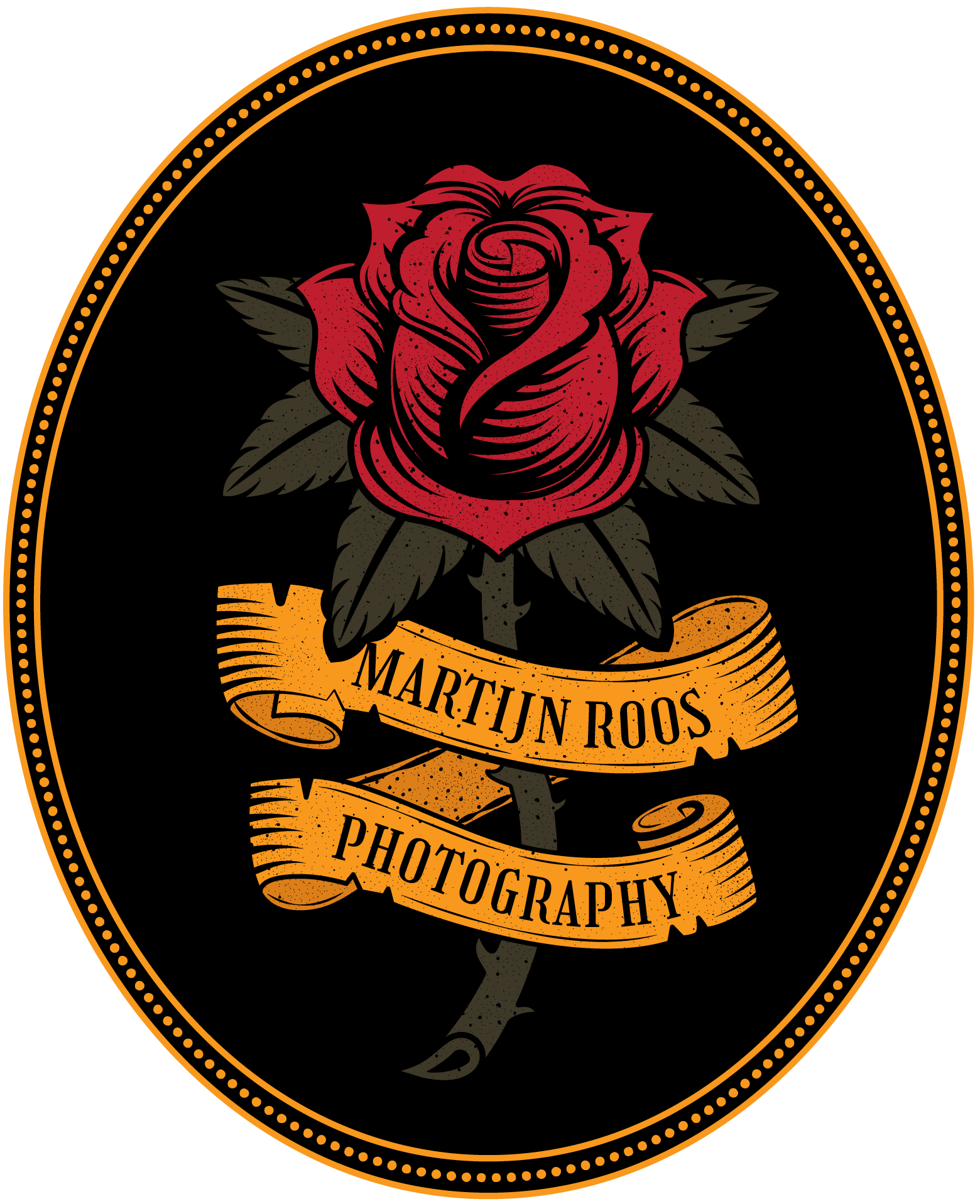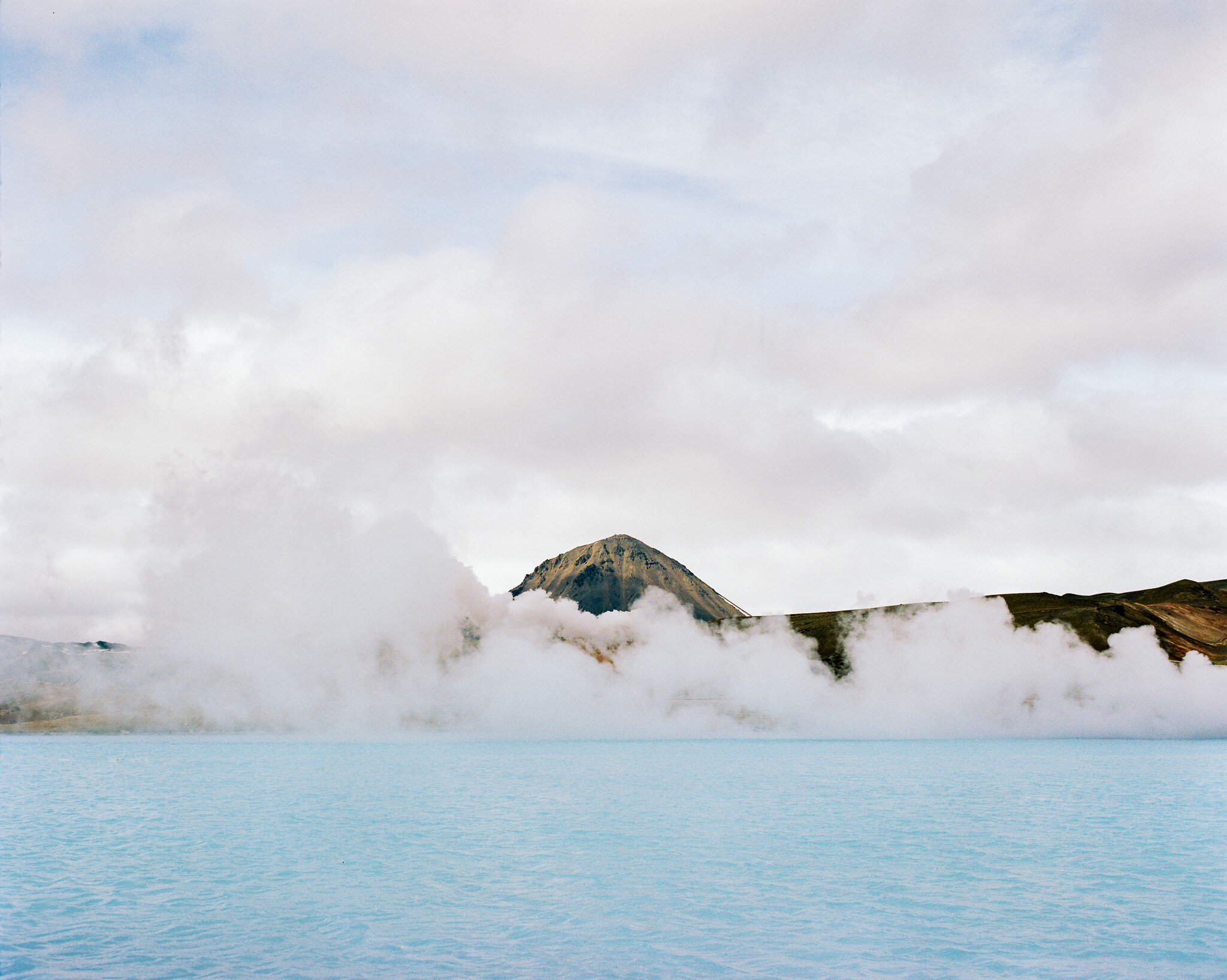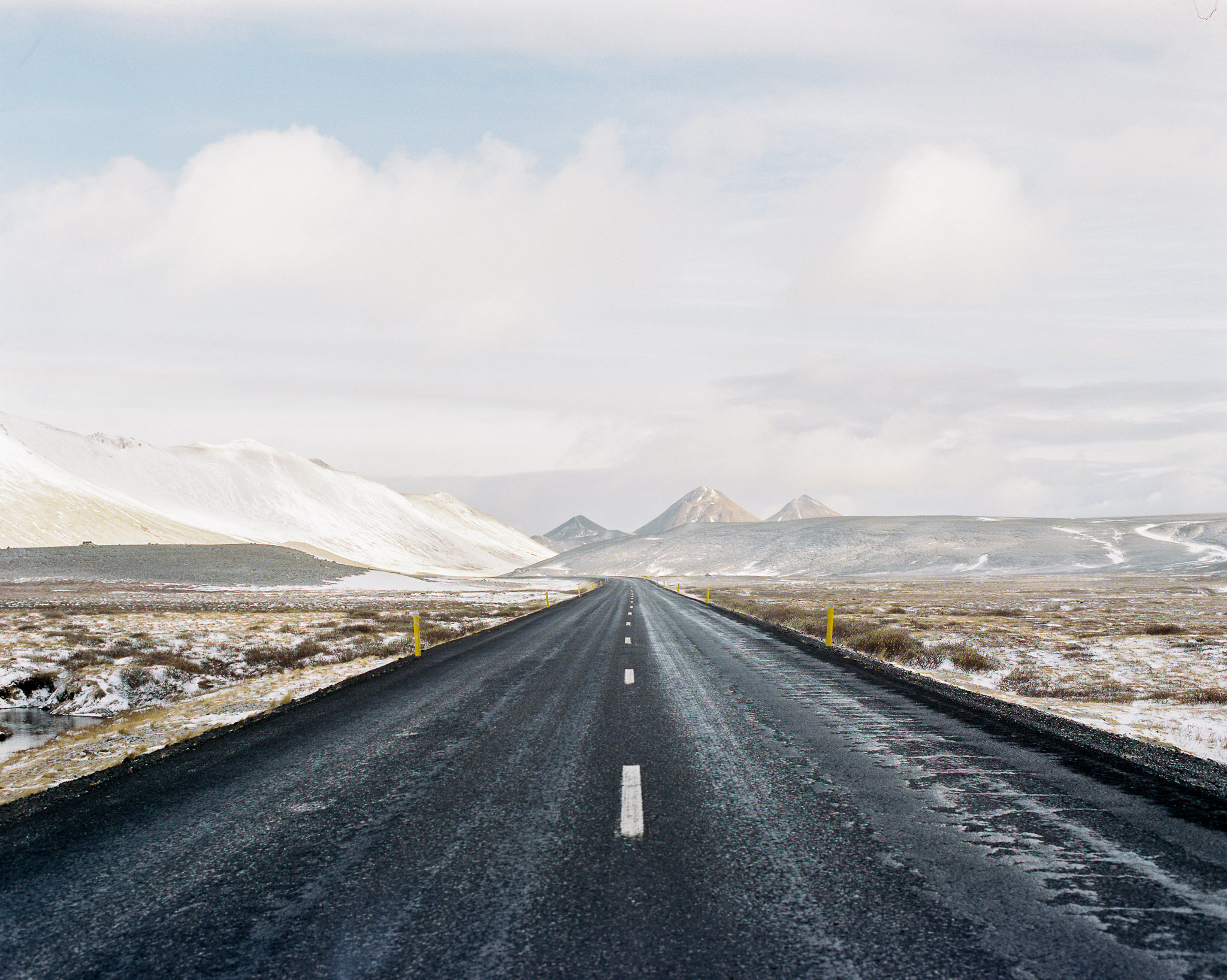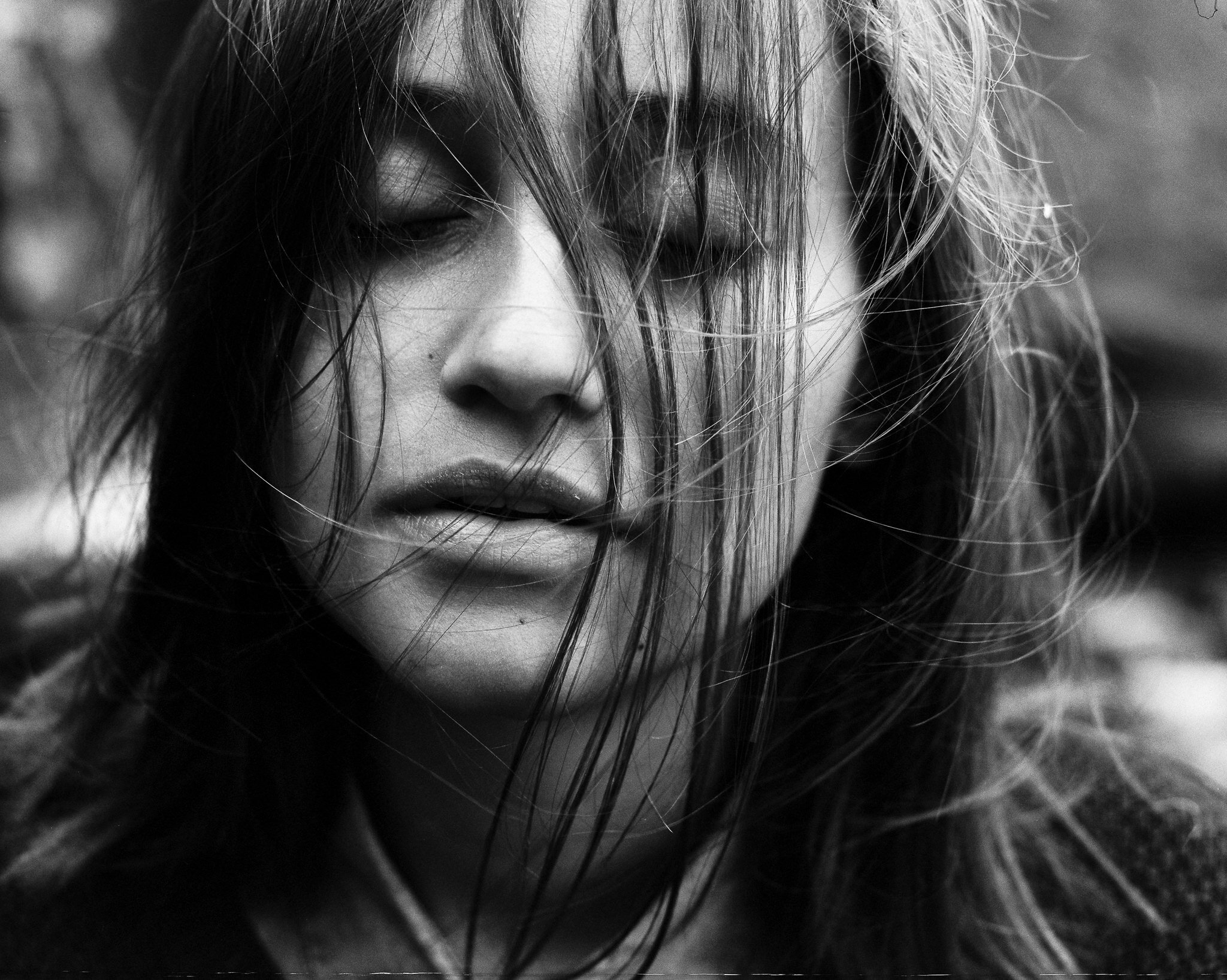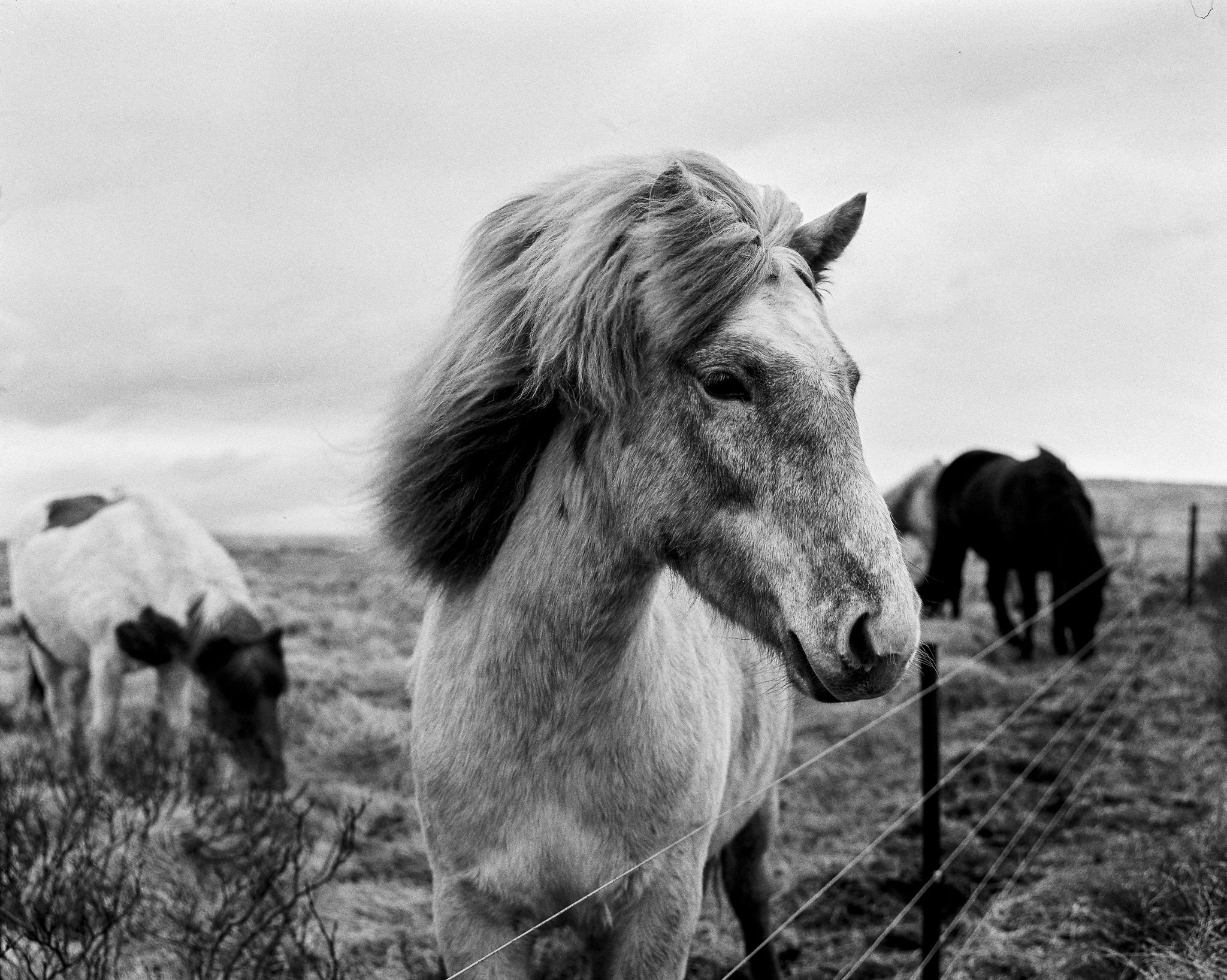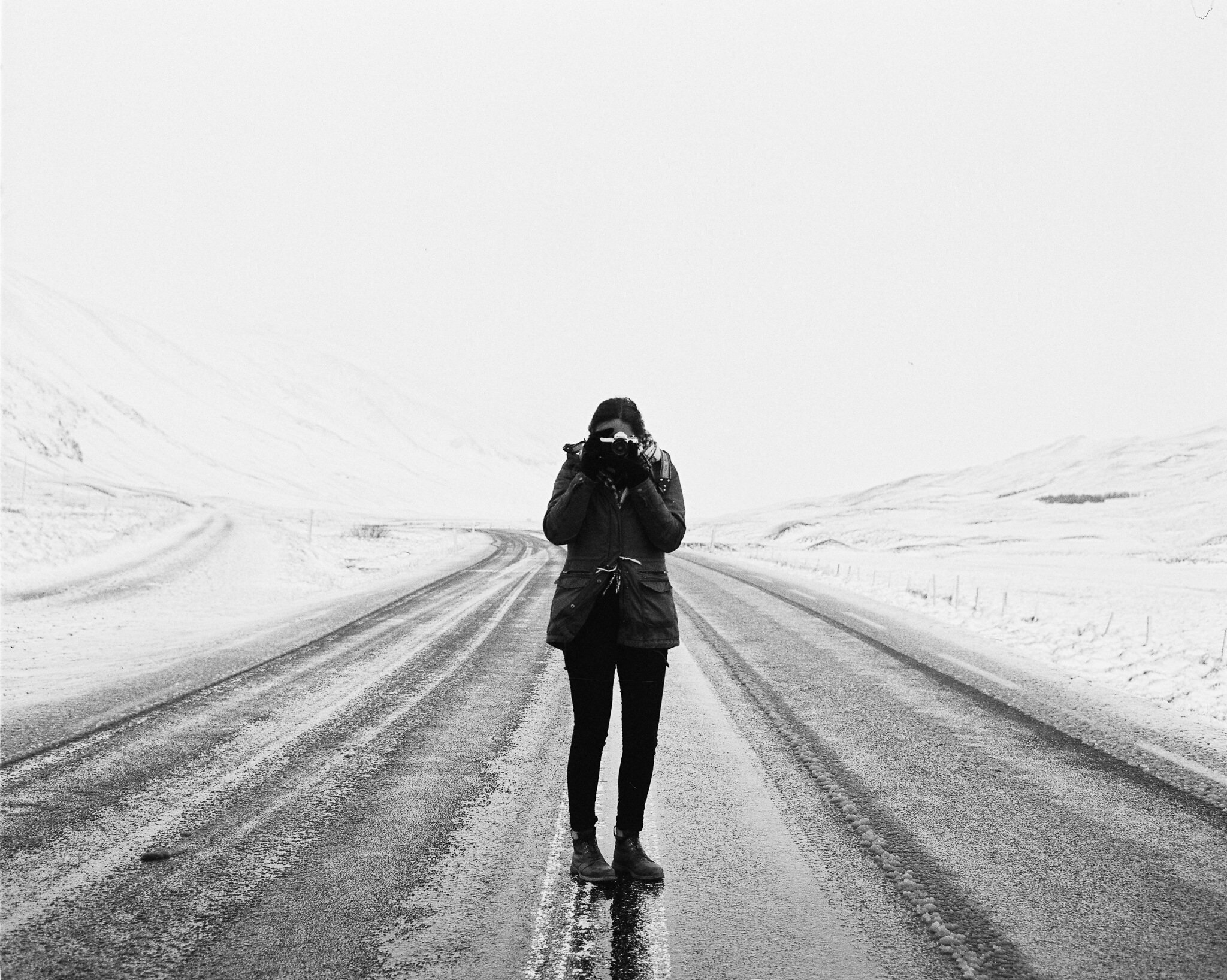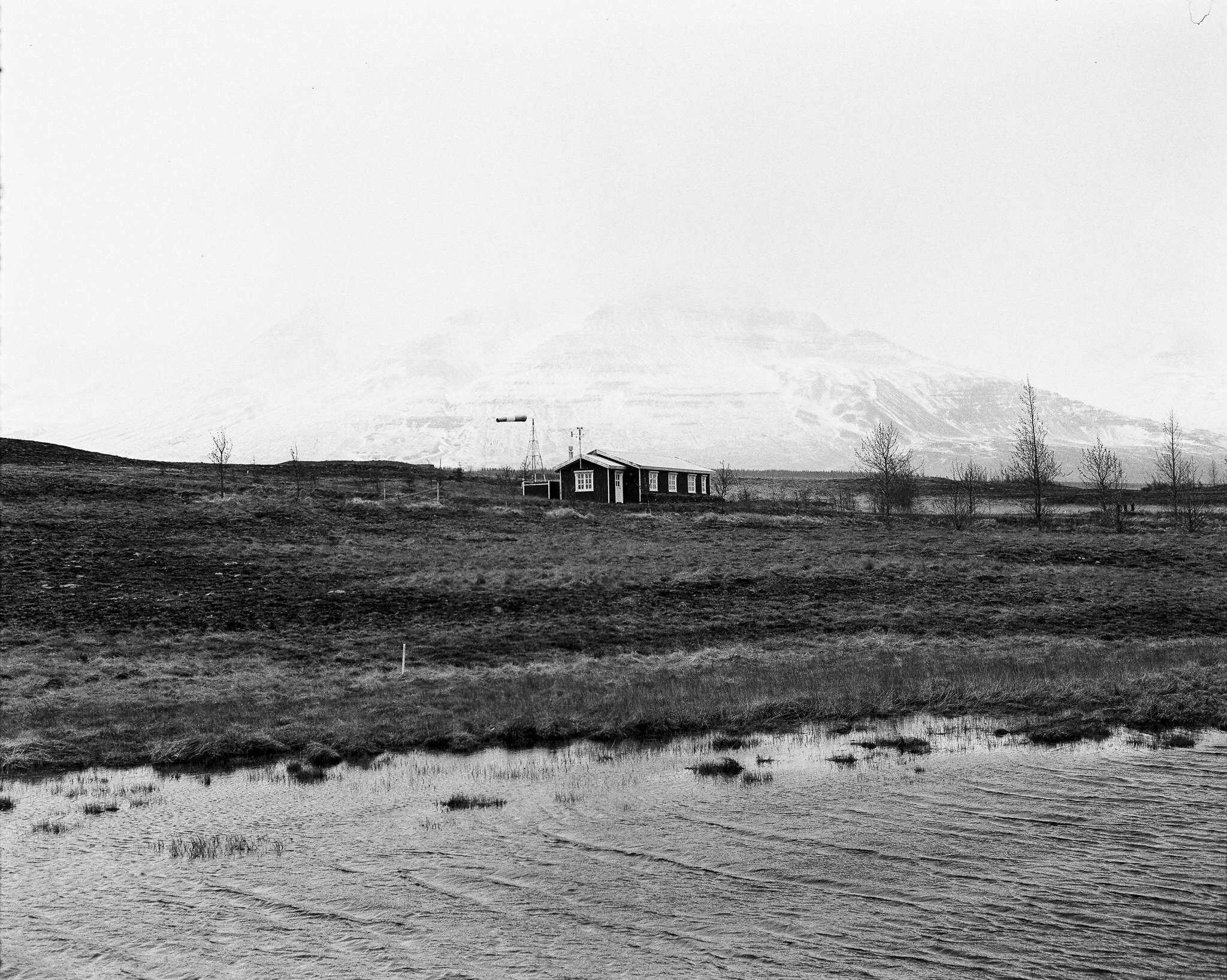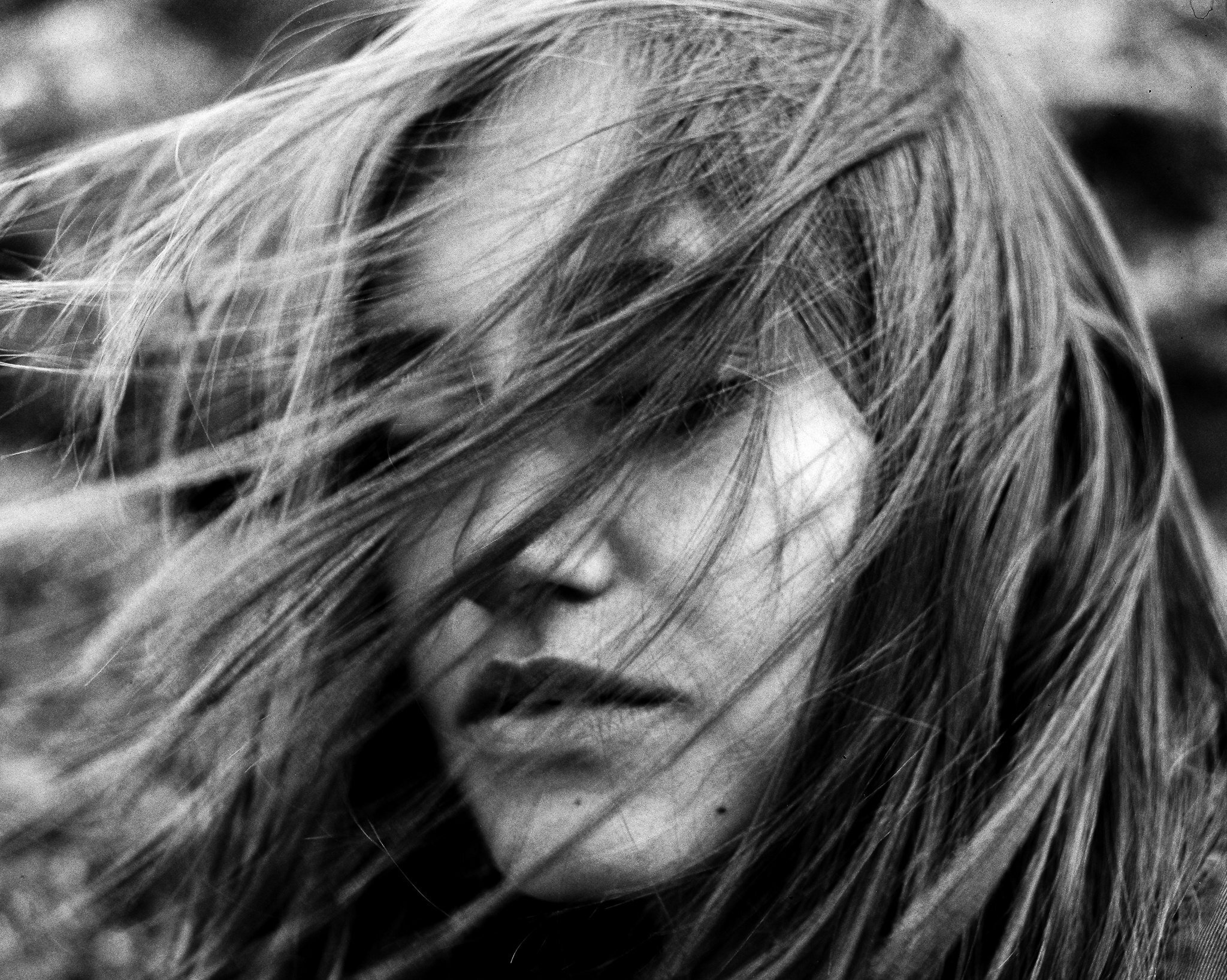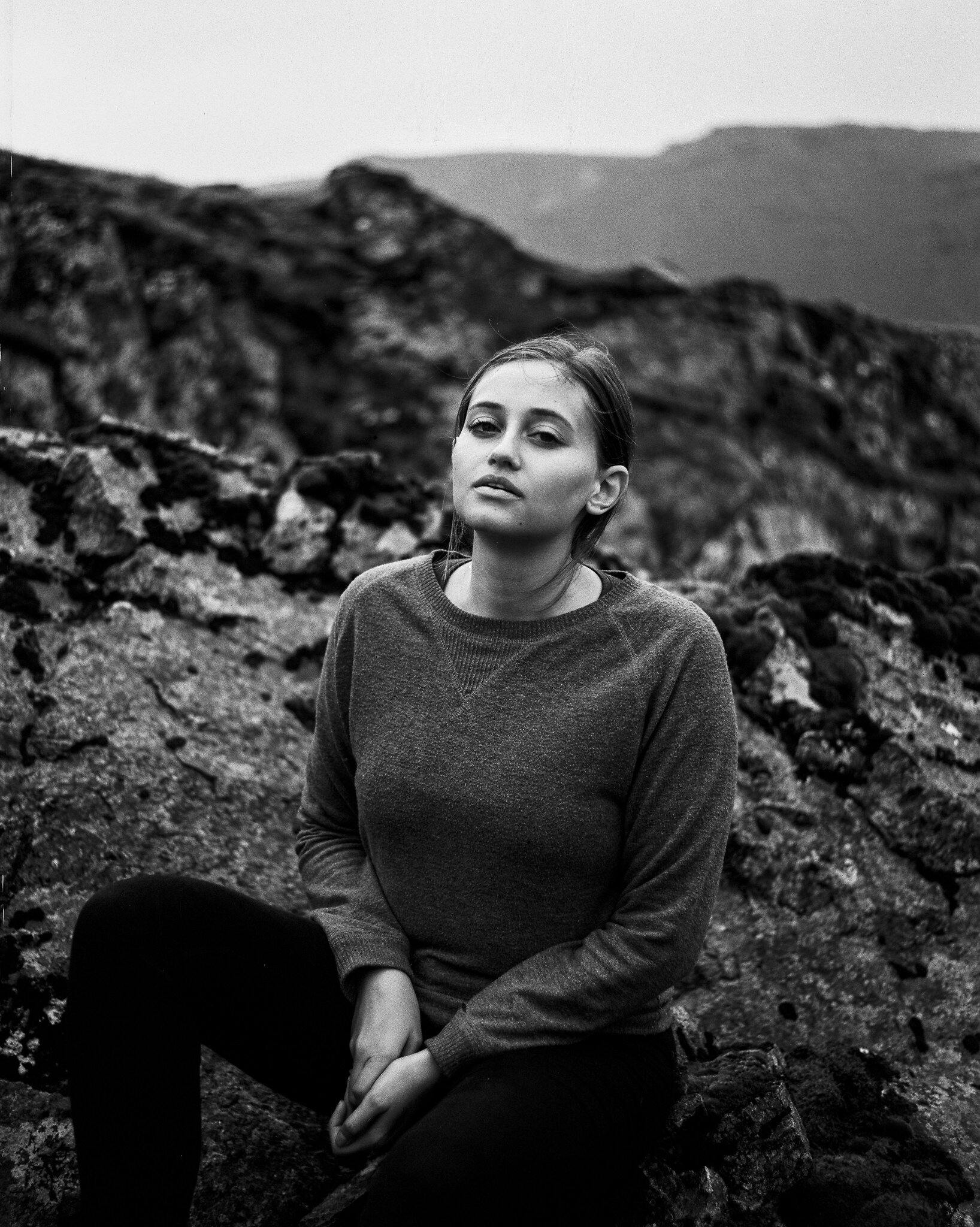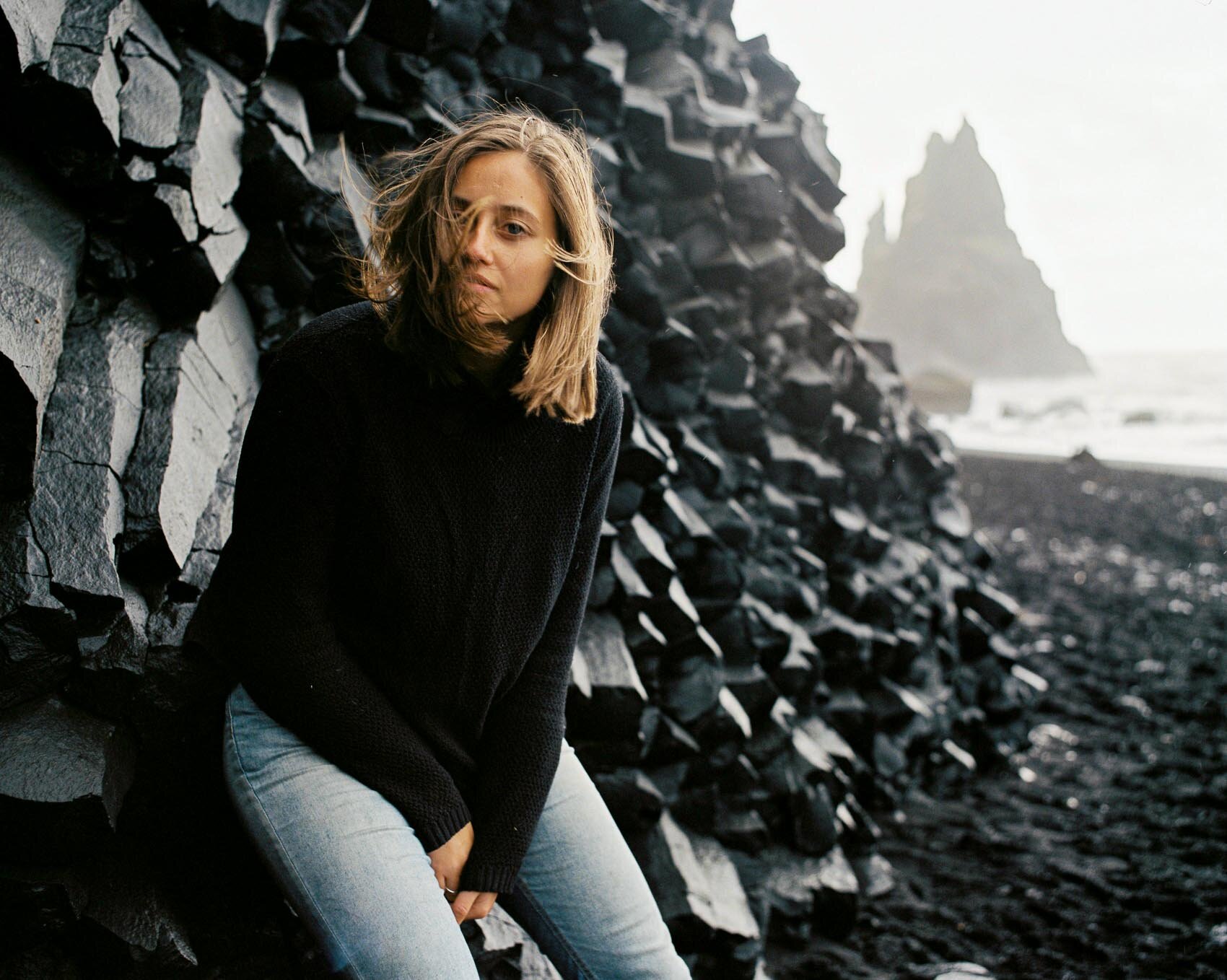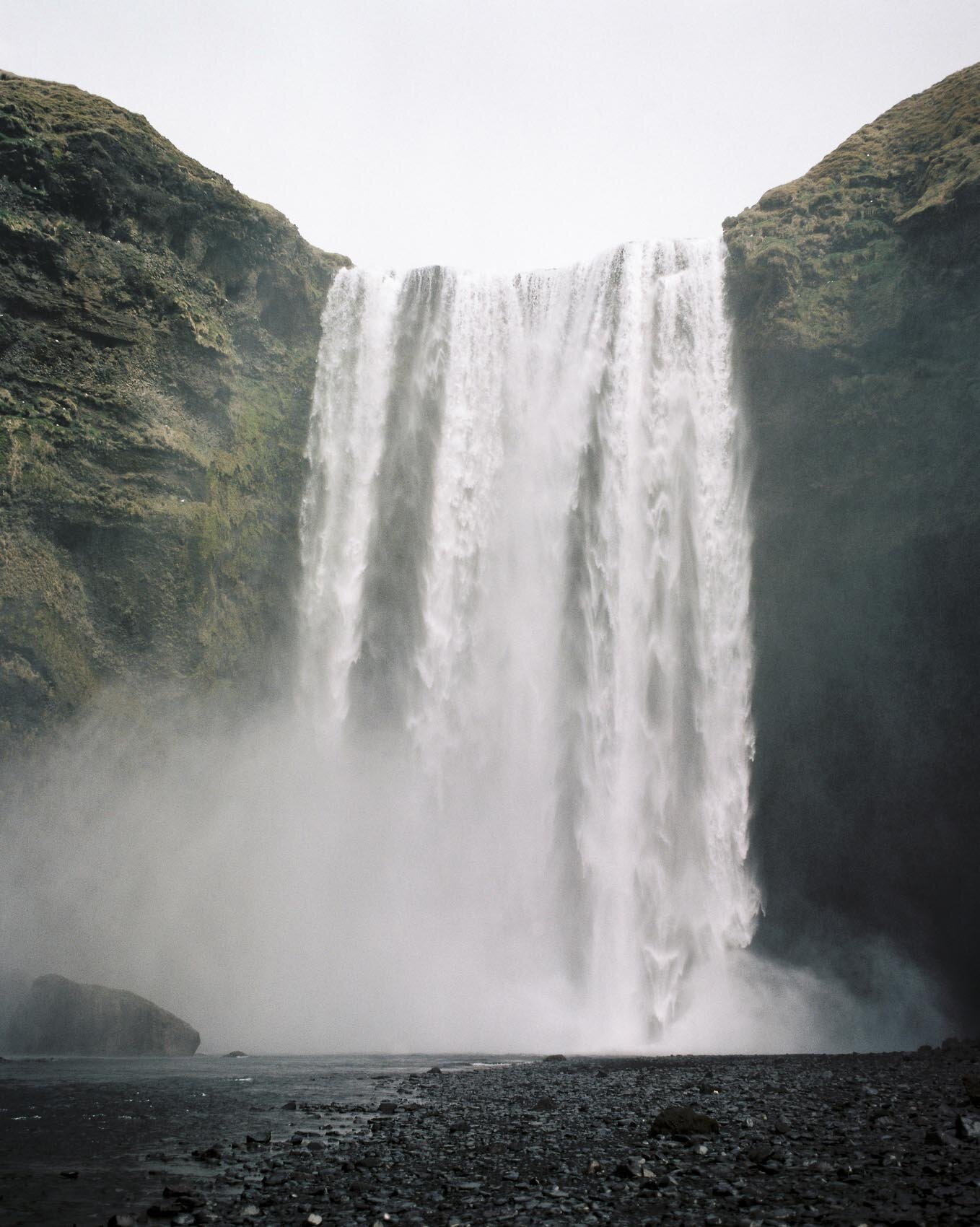Field Test Review Mamiya RB67 Pro S 120 Film Format Camera in Iceland - With Examples
Iceland is high on my list of favorite destinations, especially from a photography perspective. If you have never been, there is a ton of reasons to visit Iceland. If you are a lover of nature, this wild island in the middle of the ocean will easily become a favorite travel destination. The unreal and magical atmosphere makes taking photos even more exciting. For thrill seekers, many adventurous activities are awaiting, like ice caving or skiing (and surfing, if you are brave).
When I visited Iceland for the first, I brought my Mamiya RB67 Pro camera for the special occasion. It is a heavy beast of a camera to carry with you, but the results are always exceeding expectations. The talented Alecia van Aarde from South Africa joined me on this trip and saw snow for the first time in her life.
About the Mamiya RB67 Professional S
The Mamiya RB67 Profesccional or Mamiya RB67 Pro S is a 6x7 medium format film camera. RB67 stands for Rotating Back 6x7, explaining why this camera became so popular after it’s introduction in the 70s. The camera body comes with a film roll back, a dark slide and a waist view finder. with Celebrating it’s 50th birthday this year, the Mamiya camera is still popular to this day. It’s a heavy camera (about 2,5 kilograms with lens, depending on the type of lens), and therefore mostly used by landscape photographers, product photographers or studio photographers, who often use a tripod. The Mamiya can definitely also be used without a tripod, but make sure your shutter speed is fast enough to avoid motion blur of camera movement in your photos. To give you an idea, all the sample photos are shot handheld. The build of the RB67 Pro is very solid, and purely mechanical: no batteries required! Let’s dive into the details!
At a glance
After saying: “wow, that’s a heavy camera’, the first unique element you will notice is the rotating back. As said, this is what made the camera such a great success. It is no longer needed to rotate the camera, all you have to do to switch from a landscape orientation to a portrait orientation is to rotate the film back. Indicators on the film back show you which orientation you are currently using. The shutter is blocked as long as the rotating back is not entirely into place. Another thing you will notice is the waist viewfinder. The lines in the viewfinder are very helpful for switching between the portrait orientation and the landscape orientation. The viewfinder has a small pop-up magnifier to help you focus more precisely. You will find the shutter speed and the aperture on the lens, going up to 1/400th of a second as its fastest shutter, and a bulb mode to allow for long exposures using a shutter release cable.
Ease of use
First of all, this is not a point-and-shoot camera. It is a camera to be used by someone who knows the basics of photography on film. That being said, it is not required to only use this camera in a professional setting. You can also bring it to outdoor shoots, or on road trips, to family holidays, and so on. It is not recommended to go hiking with this camera with a good and supportive camera bag. The weight of the camera makes it easier to hold the camera still. There are a few steps to do before you can actually take a photo, which makes its use a bit more complicated and time consuming. Focusing can be done on both sides of the camera, something I really love about this camera. It also makes the camera suitable for both left- and right handed people.
Steps to complete before taking a photo
Remove the dark slide between the film roll back and the body. Don’t worry, only when you fire the shutter light will enter the camera.
Dial in the right settings on the lens, both the aperture and the shutter speed. You can use a light meter or another digital camera if you want to get a better understanding of the light in the frame. My general rule is to overexpose film, because film usually handles overexposure much better than underexposure, and film handles overexposure much better than digital cameras. This is a trial and error process, and one of personal taste.
Focus the lens by using the wheels on either side of the front of the camera. Use the magnifier in the viewfinder if needed, otherwise you can gently press is back and it will stay in place.
Make sure the orientation of the film roll back is exactly how you want it, and make sure the composition in the viewfinder lines up with the portrait or landscape orientation.
Bring down the lever on the right side of the camera, and double check the composition, focus and exposure settings.
Press the shutter
Wind up the film, repeat the process for the next photo.
Pro’s and Con’s
Advantages and positive aspects of the Mamiya RB67 Pro S:
It’s very easy to shoot vertical and horizontal frames, whilst keeping the camera and the viewfinder in the same position.
It’s a mechanical camera, meaning no changing of batteries, and relatively easy repairs.
The waist viewfinder has a handy magnifier that helps you focus.
The image quality the camera produces is outstanding.
You can change between different rolls of films using the dark slide. This means you can change from black and white film to color film in a matter of seconds.
Downsides to the Mamiya RB67 Pro S:
It’s very heavy (around 4lbs, 2 kg with lens).
The fastest shutter speed of most lenses is 1/400th of a second.
It’s expensive to buy and to use, unless you develop and scan yourself.
It’s time consuming to work with this camera. Depending what you are using it for, this could also be a positive thing. For sports or news, it’s too slow and bulky. For landscapes, still life, and portraits, it’s actually better having to take your time for every single frame.
Final Conclusion
The Mamiya RB67 PRO S is a high quality medium format 120mm film camera for 6x7 format photos. It’s recommended to have a good understanding of photography and film photography before picking this camera up. However, if you know what you are doing, this camera will produce outstanding image quality. It’s best for static photography, because of the weight of the camera.
Examples Photos of the Mamiya RB67 Pro S
For the following examples, I used a Mamiya Sekor 90mm F3.8 lens, Kodak T-Max 400 Black and White film, Rollei 400S Black and White film, and Portra 400 Color film. The film is carefully and professionally developed and scanned by Carmencita Lab.
